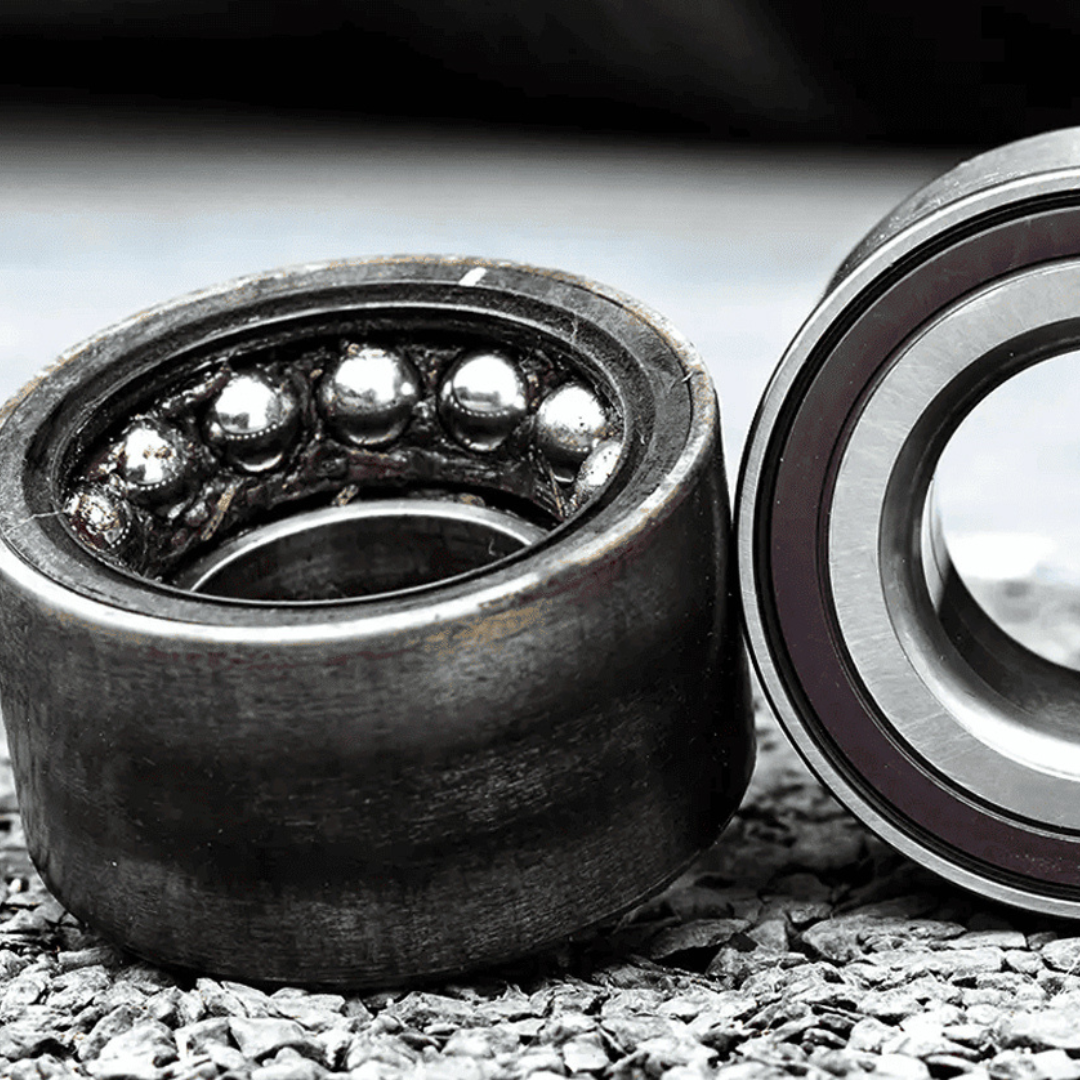Smooth Rides, Sudden Surprises: The Troublesome Tale of Wheel Bearings

Wheel bearings might seem like a small component, but they play a crucial role in the smooth operation of your vehicle's wheels. Unfortunately, they're increasingly becoming a headache for many drivers, especially with late model vehicles. The rise in wheel bearing issues can be attributed to the influx of poor-quality parts flooding the market. One of the telltale signs of a failing wheel bearing is a loud whine as you pick up speed, typically noticeable once you surpass 50 kilometres per hour. Additionally, you might experience a rumbling sensation when making turns, indicating further trouble with the bearings.
In the case of four-wheel drive vehicles, diagnosing rear bearing failures can be particularly challenging. Often, it's recommended to replace both sides with genuine manufacturer bearings to ensure optimal performance and longevity.
While replacing front wheel bearings used to be a job requiring a press, newer vehicles simplify the process by integrating the bearing into a complete hub assembly, making replacement a bolt-on affair.
On the other hand, rear wheel bearing replacement can vary in complexity. Some vehicles feature bolt-on units, while others demand more labour-intensive procedures involving axle removal and specialized tools.
Furthermore, neglecting worn front hub bearings can lead to brake-related issues such as vibrations and uneven wear on disc brake rotors.
Lastly, for those who enjoy beach driving, the combination of sand and salt can spell disaster for wheel bearings, accelerating their wear and tear.
